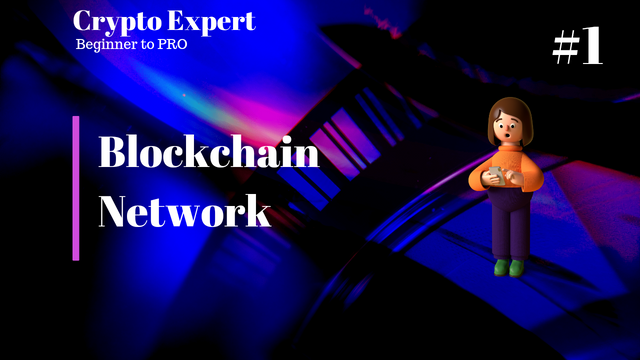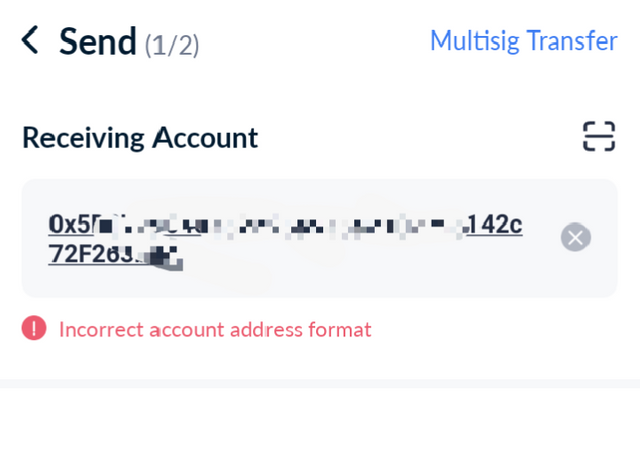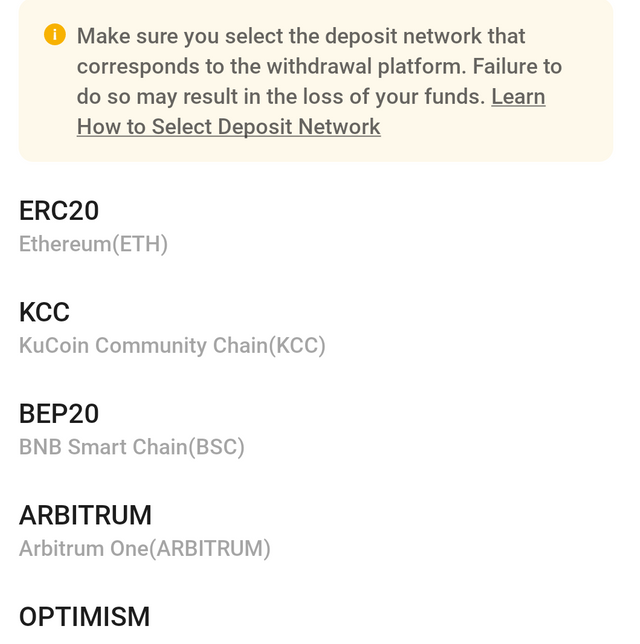Crypto Expert (Beginner to Pro) #1 - Transaction Validation on a Blockchain Network
Introduction |
|---|
Each blockchain has its unique network rules that define how the transaction takes place across the nodes. Unique consensus mechanism utilized across these blockchains specifies how validations occur and how security is achieved across the network.
The blockchain network is an aspect of the blockchain all beginners should understand to ensure they have a smooth ride in the ecosystem with lower chances of mistakes or no mistakes at all.

Canva Edit
It's the first series, let's take a ride together.
Blockchain Network |
|---|
The blockchain network hosts every transaction that involves the creation of new tokens into circulation, sending crypto assets, signing smart contract-triggered transactions like staking, lending, borrowing, playing a game, creating a web3 profile, voting, minting an NFT, and so on.
All the transactions on a blockchain happen in the presence of miners (otherwise known as validators) who verify the validity of a transaction, mine blocks (adding to the mined blocks to ensure your transaction pulls through), and secure the network (to prevent different manipulations across a chain).

Blockchain representation | Pixabay
The miners/validators/chain representatives have a set rule they follow which follows the standard of the consensus mechanism utilized on a network. This group (miners) earn rewards for their efforts in mining new blocks and securing the network.
In addition, whatever transaction occurs on a chain must meet the standard rule derived by the consensus mechanism to ensure a transaction is successful. Think of a particular blockchain network as a community that operates under a rule and understands a unique language, as such if strangers hop in, they may not be able to help.
In essence, the narrative above prepares you ahead that users' interaction on a chain must follow a guideline accepted on that particular chain, except in advanced protocols where users can communicate with an outside chain using smart contracts.
Illustration of the Importance of a Blockchain network |
|---|
Earlier, we talked about minting new tokens on a blockchain that complies with a unique set of rules on that chain. For example, the STEEM blockchain utilizes the Delegated Proof of Stake (DPoS) consensus mechanism, this is the set rule that defines the production of blocks and Security on STEEM.
The Ethereum blockchain (earliest Ether chain) uses the Proof of Work for block production and security. STEEM blockchain has its native tokens, STEEM and SBD while Ethereum has its own, Ether (ETH). These are two separate chains that operate on different rules.
Communication across these two chains is not possible unless there is a protocol that enables that. In essence, this means you can't send your STEEM assets to an ETH wallet (even though you understand a crypto wallet is utilized to store crypto assets). Storing crypto assets must be on supported wallets.
This is one of the basic things to pay attention to, to ensure there is no loss of assets in your journey in this ecosystem. The technology employed by different wallets automatically detect the address you input to determine if you are sending your asset to the right address, if it's wrong then it will be rejected.

Sending to an EVM address from TronLink
The image above was taken from TronLink when I was trying to send TRON to an EVM wallet address (that typically starts with 0x). The wallet rejected it and didn't even give a room to proceed (because it knows TRON addresses typically starts with T).
EVM (Ethereum Virtual Machine) compatible chains have identical addresses on a particular wallet's account, this spans across the ETH chain to its numerous L2s (Layer 2 chains). As such, sending an asset will enter anyway but it may not be on the desired network (this only applies to decentralized wallets).
For instance, if you are trying to send your ETH asset on the Polygon chain to a Metamask wallet (to get the ETH on the Ethereum chain). The sent ETH would only enter your wallet on the Polygon chain, and you can see your asset when you switch your wallet's network to Polygon. It enters anyway but not where you want it, even though the asset across all its chains has the same value but operates under different rules and networks.
It becomes more dangerous when you are trying to deposit on a centralized exchange. Regardless of the identical addresses across the EVM chains, it will be a wrong deposit and lost asset if the network of the asset you are sending is not available for deposit.

Available ETH Deposit Networks on KuCoin
Above is the image of the available ETH deposit networks on KuCoin (a centralized exchange) and they all have an identical address, if a user is not patient enough to check the available networks and sends ETH from the Polygon chain, that will be a loss of asset.
Conclusion |
|---|
In conclusion, the blockchain network is an important concept to understand if you care to limit the probability of losing your crypto assets in the crypto ecosystem. Each crypto is built on a blockchain (which may differ across several thousands of cryptos), and interacting with a token according to its blockchain rules will enable you to have successful transactions.
In addition, each blockchain has its own rules and may not be able to interpret an outsider's language unless cross-chain protocols come in to enable interoperability. We are just starting this series, subsequent series would be electrifying. Have a blessed week!
Article shared on X